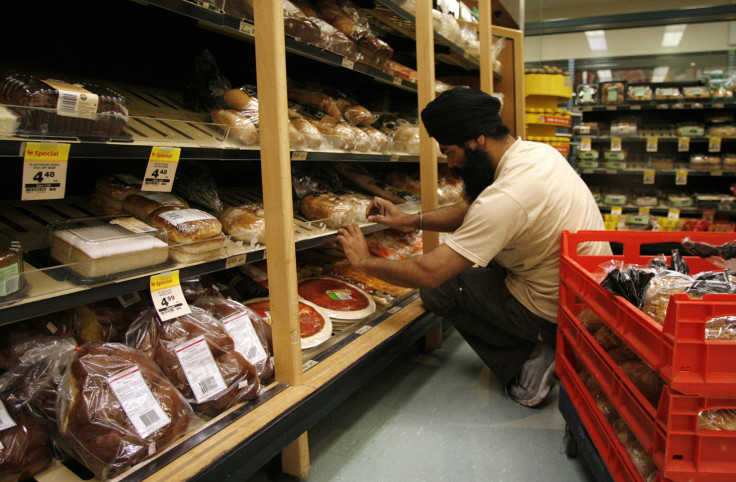Australian Government Announces Proposed New 'Simpler, Clearer' Country Of Origin Food Labels Before The End Of 2015

The Australian Government announced a proposed new country of origin food labelling (CoOL) system on Tuesday, July 21, 2015. This is the result of an extensive consultation with industry and consumers. Following the Hepatitis A outbreak related to the consumption of imported frozen berries from China in February 2015, the Australian Government has stepped up its efforts to ensure that buyers know what exactly they are eating and where they are from.
A revision to the Country of Original Labelling Laws states that food packaging shall be required to have clear and easy to understand information on where products were grown, manufactured and packaged. This change updates the original guidelines released in February 2015. In the new proposal, locally processed foods will contain a new type of label that includes the same green and gold kangaroo in a triangle icon. The figure will be accompanied by a bar chart that indicates how much of the product was actually from Australia. Click here to see the various Country of Origin food labels from the official website of the Australian Government's Department of Industry and Science.
The announcement also said that the labelling changes will help clarify what "made in" truly means. In short, companies that import ingredients but prepare and package products in Australia can no longer claim that these are "made in Australia."
According to the joint media release issued by Prime Minister Tony Abbott, Minister for Agriculture Barnaby Joyce and Minister for Industry and Science Ian Macfarlane, companies will be encouraged to provide more information on their labels, such as the key ingredients of their products. Aside from these proposed new labels, there will also be digital options that are being developed to get additional details about a food product.
In February 2015, Australia's Department of Health found 18 confirmed cases of Hepatitis A in Queensland, New South Wales, Western Australia and Victoria that are linked to recalled frozen berries imported from China. The Nanna's Mixed Berries product was found to be linked to the outbreak while the other brands selling frozen berries such as Creative Gourmet's Mixed Berries 300g and 500g packs and Nanna's Raspberries 1kg pack were withdrawn from the market as a precaution.
The Australian Government will continue to work with the States and Territories in order to roll out the proposed new country of origin labels. Their agreement is needed to put the plan into motion. Meanwhile, there will be an initial voluntary take-up of CoOL wherein consumers should be able to see the changes in food labels before the end of 2015. A mandatory rollout is set for 2016. Small businesses will reportedly be allowed a phased implementation period.
To contact the writer of this story, send an email to v.doctor@ibtimes.com.au.






